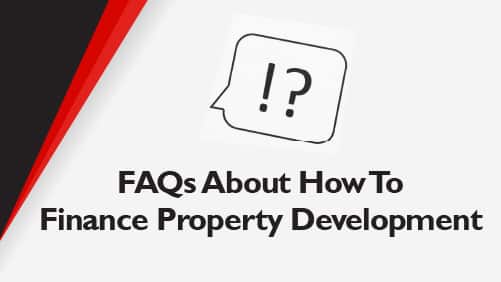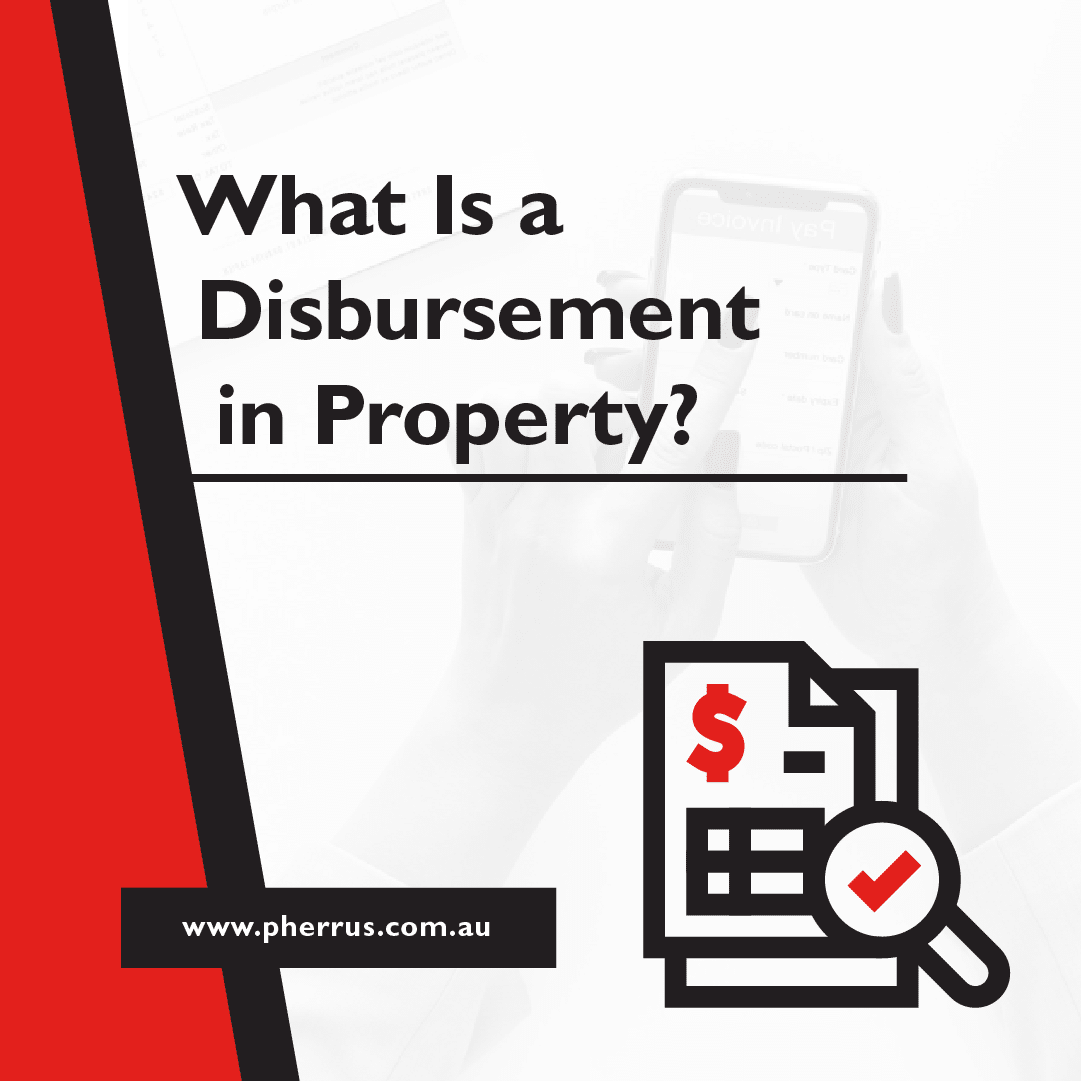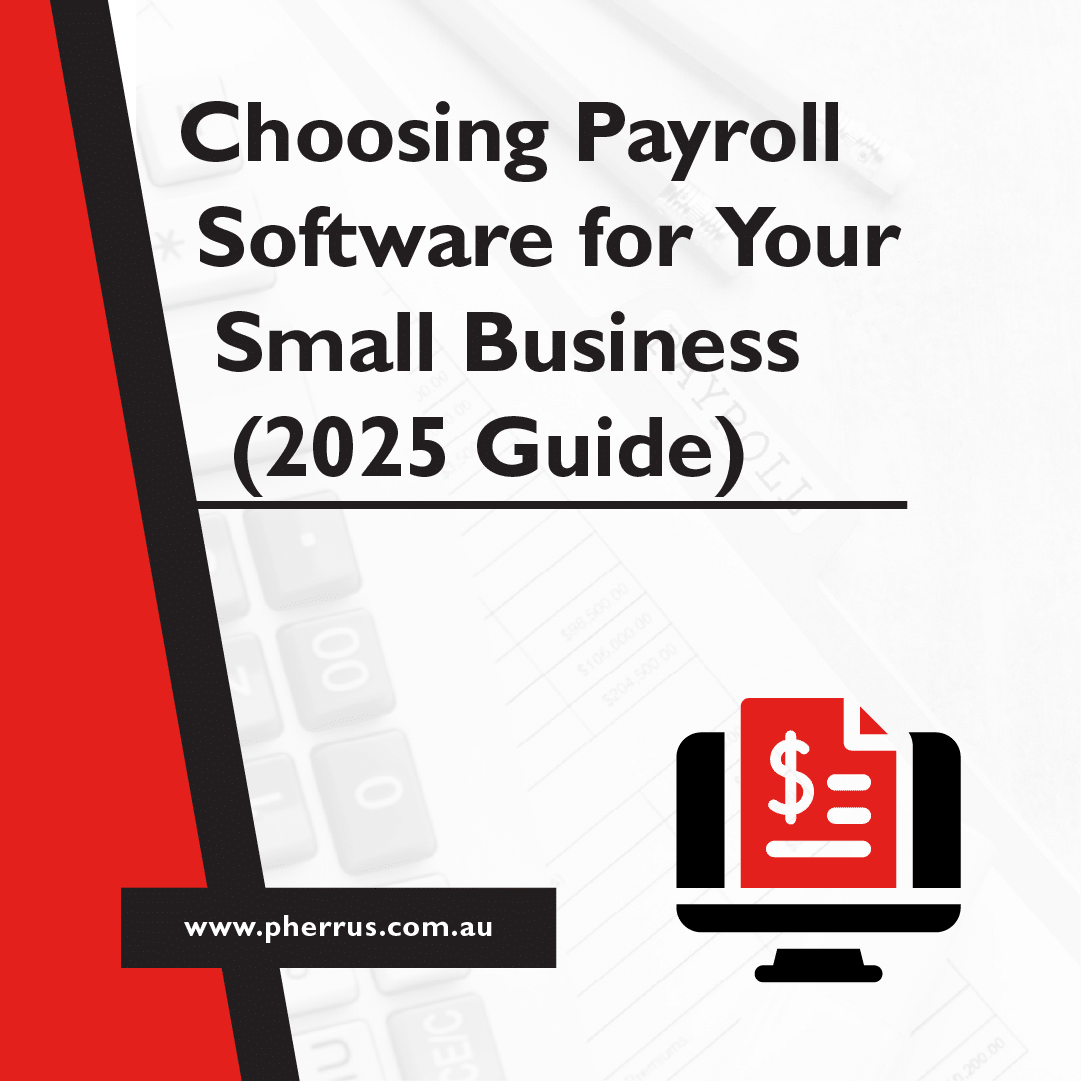Are you eager to make your mark in property development, or are you ready to take your current portfolio to the next level?
In Australia, property development is an exciting and potentially lucrative arena involving purchasing, developing, and managing properties to generate profit.
However, the success of development projects heavily relies on effective financial planning.
That’s where we come in! With our expertise in financing, we’ll provide the guidance and strategies necessary to help make your project a reality.
Let’s explore your options for financing property development, increase your chances of securing finance, and see how our Pherrus team can help.

What Are the Different Finance Options for Property Development?
There are benefits and challenges associated with each option financing property development each option for financing property development has benefits and challenges.
Your choice will depend on your project needs, financial situation, and risk tolerance.
Let’s consider some popular financing options, keeping in mind that careful planning and expert advice can help you successfully navigate each.
Property Development Loans
- Pros: These loans are tailored specifically for development projects, offering larger amounts and flexibility in repayment and structure. They often cover a significant part of the project costs, including land purchase and construction.
- Cons: They come with strict eligibility criteria and require detailed project plans. Plus, the interest rates might be higher compared to traditional loans.
Private Lenders
- Pros: Private lenders can be more flexible than banks, with quicker approval times and potentially less stringent requirements.
- Cons: They usually charge higher interest rates. The terms can be less favourable, and there’s a risk if the lender is not reputable.
Joint Venture Partnerships
- Pros: This option allows sharing risks and costs with a partner. It can also bring in additional expertise and contacts.
- Cons: You’ll need to share profits and decision-making, which can lead to conflicts if not managed properly.
Mezzanine Financing
- Pros: A hybrid of debt and equity financing, mezzanine financing provides additional funds beyond a primary loan. It offers extra capital that might not be available through traditional loans.
- Cons: This type of financing is expensive due to higher interest rates and potentially gives lenders equity in the project.

Tips for Successful Property Development Financing
Conduct Thorough Market Research
Thorough research will help you make informed decisions and present a convincing case to lenders.
Conduct market research by
- Analysing local market trends. Look into current and future trends in property prices, rental yields, and demand in the area where you plan to develop. Resources like real estate websites, local council reports, and property market analyses are helpful.
- Studying demographics. Use Census data and local government websites to understand the ages, income levels, family sizes, and lifestyle preferences of your target area.
- Evaluating competitors. Check out similar developments in the area, taking note of their features, pricing, and how well they are received in the market.
- Gathering feedback. Talk to local real estate agents, potential buyers, or tenants to understand their needs and preferences.
- Assessing infrastructure and development plans. Investigate local infrastructure, transportation links, and any planned developments or changes in the area, as these can impact property values and demand.
Develop a Well-Structured Business Plan
A comprehensive business plan demonstrates your seriousness and preparedness to potential financiers.
Here’s how you can structure it:
- Executive summary. Start with a clear and concise overview of your project, including your vision, objectives, and a brief development description.
- Market analysis. Present detailed research on the property market in your target area. Include data on demand, competition, demographic trends, and how your project fits into this landscape.
- Project description. Outline the specifics of your project: the type of development (residential, commercial, mixed-use), location details, design concepts, and unique selling points.
- Timeline. Provide a detailed timeline for your project, from acquisition and planning to construction and completion. Include key milestones and a realistic timeframe for each stage.
- Budget forecasts. Detail your financial plan, including the cost of land acquisition, construction, marketing, and other expenses. Break down the costs and demonstrate how you’ve calculated them.
- Profit projections. Offer a projection of the profits you expect to generate based on realistic sales or rental income estimates in line with current market rates and trends.
- Funding requirements. Clearly state how much funding you need, how it will be used, and your proposed financing structure (e.g., what proportion will be debt, equity, etc.).
- Risk assessment. Analyse potential risks and how you plan to mitigate them, whether market fluctuations, construction delays, or budget overruns.
- Exit strategy. Explain if you will refinance, hold and manage the property for rental income, or sell the property upon completion.
Understand the Project’s Cash Flow
Lenders want to see that you can manage your finances well and sustain the project until completion.
So, you need to clearly understand your project’s cash flow.
Here’s how:
- Identify revenue streams. Determine all possible sources of income for your project, including pre-sales, sales upon completion, rental income for developed properties, and applicable government incentives.
- Detail all expenses. Document every potential expense, from land acquisition, construction, and legal fees to marketing and sales expenses. Plus, ongoing costs like loan interest, taxes, and maintenance.
- Forecast cash flow. Create a cash flow forecast that maps out when you expect to spend money and when you anticipate receiving income to identify cash shortfalls and surplus.
- Plan for contingencies. Include a contingency buffer in your budget, as development projects typically encounter unexpected expenses.
- Be transparent. Inform lenders if you anticipate cash flow problems, as they may offer solutions or flexible terms to help you.
Seek Professional Advice
Acquiring finance for property development is a big decision, so it pays to consult a financial specialist to guide you in choosing the right option.
They’ll look for the best available loans for property development with the best terms so you won’t pay more interest than you need to.

How Pherrus Financial Services Can Help With Property Development Finance
Here at Pherrus, we’ll give you our expert opinion on how to finance property development.
Our financial advice and services include determining if finance is the best option based on your financial position.
If it is, we’ll suggest the best loans for property development and talk you through the ins and outs of these loan structures.
Once you decide on a loan, we’ll explain its terms and conditions thoroughly.
Then, you can confidently sign on the dotted line!
Click here to hear how our valued clients have benefited from working with Pherrus Financial Services- the best in business accounting.

FAQs About How To Finance Property Development
Can You Get 100% Development Finance?
Getting 100% finance for property development is uncommon, with most financing capping out at around 70-80% of the total development costs or, in some cases, up to 70% of the Gross Realisable Value (GRV) of the finished project.
Developers generally must contribute 20-30% of the project costs as equity.
The exact percentage varies depending on the lender’s policies, the nature of the project, and the borrower’s financial situation.
However, 100% financing is sometimes possible by
- Leveraging substantial equity in another property.
- Engaging in joint ventures.
- Utilising mezzanine finance to cover funding shortfalls.
- Demonstrating significant pre-sales to attract more favourable loan-to-value ratios from lenders.
What Is a Property Development Fund?
A property development fund is a pooled investment arrangement where investors contribute capital to finance real estate development projects, such as residential, commercial, or mixed-use projects.
Investors in the fund gain exposure to the property market and the potential for high returns, while developers access the necessary capital for their projects.
This option often appeals to individuals or businesses seeking finance for property development that doesn’t rely solely on traditional bank loans or private lenders.
What Is the LVR for a Development Loan?
Loan to Value Ratio (LVR) represents the portion of a project’s total value you need to borrow compared to its appraisal by the lender.
The LVR for property development loans in Australia usually falls between 60% and 80% of a project’s overall value.
Meaning lenders may provide financing covering 60-80% of the project costs, while the borrower must source the remaining 20-40% from other means.
The exact LVR varies based on a project’s specifics, location, the borrower’s financial health, and the lender’s criteria.
How Do I Get Into Property Development in Australia?
- Educate yourself about the property market and development processes.
- Develop a solid business plan.
- Secure the necessary financing.
- Build a network with industry professionals like real estate agents, architects, and builders.

Ready To Finance Your Property Development Dreams?
Wondering how to finance property development?
Explore financing options, like property development loans, private lenders, joint venture partnerships, and mezzanine financing.
To increase your chances of securing financing, conduct market research, develop a business plan, understand your project’s cash flow, and seek professional advice.
Professional, personalised financing assistance is available here at Pherrus.
Our experienced team will guide you through every aspect of property development finance, ensuring you have the right support to make informed decisions.
Let us help turn your property development vision into reality with our financial advice and services.
Reach out today to start building your future!
Fill out our online form or call +61 (02) 9099 9109 to book an appointment at our Bella Vista office in Sydney, NSW.





